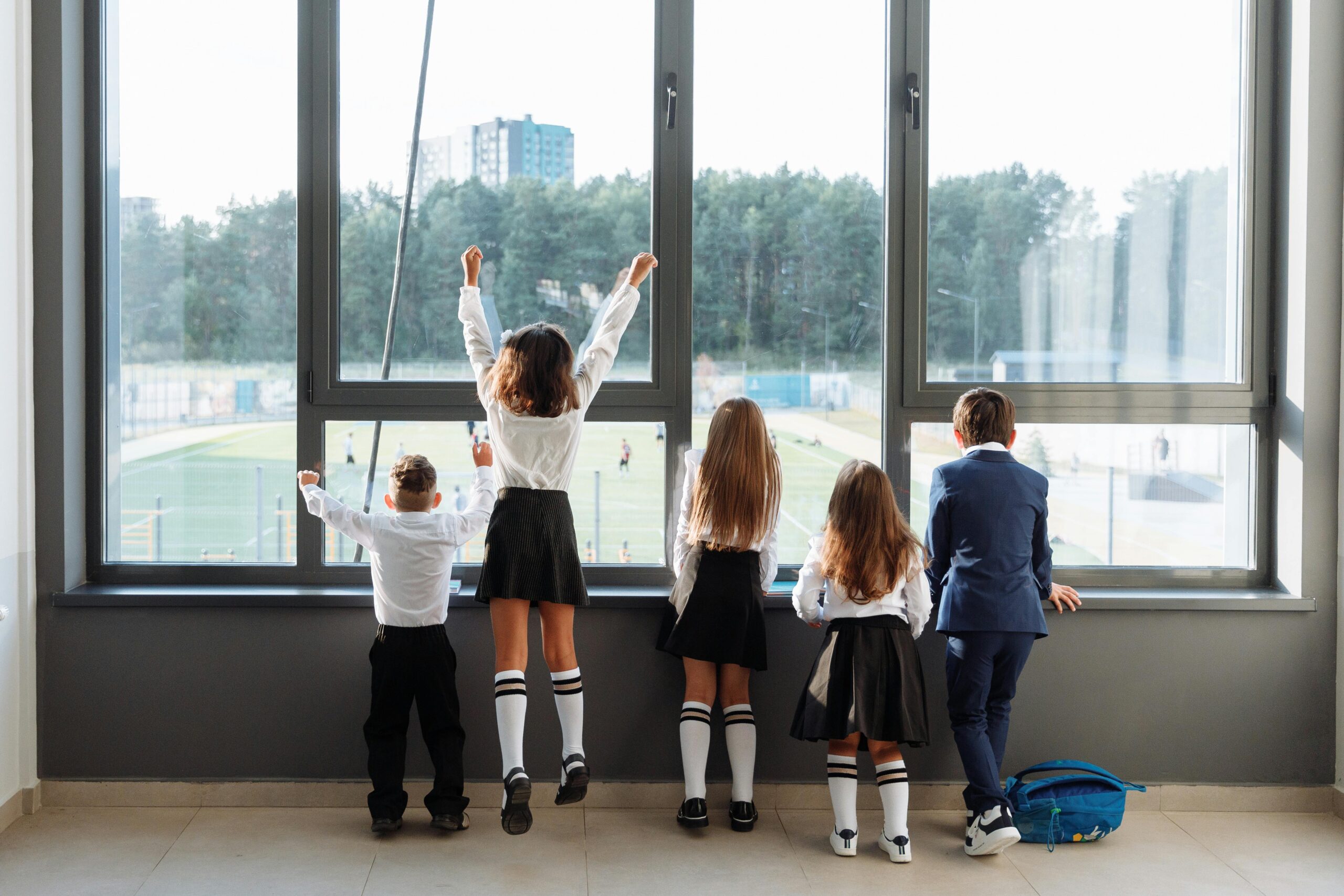As educational needs evolve, so do the designs of learning spaces. One key element that has gained attention in modern school design is the role of natural illumination. Often referred to as ‘daylighting,’ the strategic use of solar light has proven benefits on student performance and well-being. This article explores current examples, impacts, and design strategies for leveraging natural lighting in educational environments.
Enhancing Academic Performance and Cognitive Abilities
The integration of natural light in classrooms has been linked to improved academic outcomes. Schools utilizing more open window designs have observed significant boosts in student performance. Research indicates students exposed to ample daylight scored notably higher on standardized tests in mathematics and literacy compared to those with traditional artificial lighting setups [Brown & Gonzalez-Matousek, 2019]. These findings suggest that natural light enhances cognitive functions, allowing students to absorb information with greater effectiveness.
Daylighting also contributes positively to students’ emotional health. Studies reveal that exposure to natural light improves mood and reduces stress levels, creating a more conducive learning atmosphere [Edwards & Torcellini, 2002]. The benefits extend beyond emotional stability, as natural illumination helps regulate circadian rhythms, leading to better sleep patterns and fewer absences due to illness [Rahimi et al., 2024].
Design strategies for maximizing daylight in educational spaces include the use of solar tubes, reflective surfaces, and controlled shading to reduce glare. Additionally, architectural innovations like multi-window layouts and skylights can decrease reliance on artificial lighting, ultimately reducing energy costs [Ibhadode et al., 2019]. In areas where full-day exposure isn’t feasible, hybrid solutions combining natural and artificial light provide an effective compromise [Sangkakool & Jumani, 2024].
Examples from around the globe highlight the successful application of these design principles. In Cyprus, educational facilities have transformed their atmosphere into brighter, more inviting spaces by prioritizing daylighting in their architectural plans. These efforts have shown tangible improvements in student engagement and satisfaction [Michael & Heracleous, 2017].
In the United States, several schools have adopted energy-efficient glass structures, achieving both sustainability and enhanced learning conditions. These schools report healthier faculty and students, reinforcing the connection between building design and educational performance [Gyure, 2023].
Natural illumination in classrooms offers a myriad of benefits, from academic achievements to happier, healthier students. As urban areas expand and evolve, the incorporation of daylighting in school design will play a crucial role in creating sustainable, energizing learning environments. By exploring the integration of natural light, architects and educators can create spaces that not only educate but inspire.
References
- Brown, K., & Gonzalez-Matousek, R. (2019). 21st Century and the Impact of Lighting on the Design of High Schools. Retrieved from https://library.iated.org/view/BROWN201921S1.
- Edwards, L., & Torcellini, P. (2002). Literature Review of the Effects of Natural Light on Building Occupants. Retrieved from https://www.osti.gov/servlets/purl/150008412.
- Rahimi, A., Sameei, P., Mousavi, S., & Ghaderi, K. (2024). Application of CRISPR/Cas9 System in the Treatment of Alzheimer’s Disease and Neurodegenerative Diseases. Retrieved from https://link.springer.com/article/10.1007/s12035-024-04143-23.
- Ibhadode, O., Ajayi, O.O., & Abioye, A.A. (2019). An Evaluation of Classroom-Illumination: A Critical Requirement for Effective Designing and Construction of Naturally-Illuminated Schools in Nigeria. Retrieved from https://www.inderscienceonline.com/doi/abs/10.1504/PIE.2019.1028494.
- Sangkakool, T., & Jumani, Z.A. (2024). Improving Natural and Artificial Lighting in Coastal Architecture Classrooms: Insights and Applications. Retrieved from https://solarlits.com/jd/11-235.
- Michael, A., & Heracleous, C. (2017). Natural Lighting Performance and Visual Comfort of Educational Architecture in Southern Europe: The Case of Typical Educational School Premises in Cyprus. Retrieved from https://www.sciencedirect.com/science/article/pii/S037877881632076X6.
- Gyure, D.A. (2023). The Classroom as Healthy Pavilion: Fresh Air, Natural Light and Student Bodies in 19th- and 20th-Century American Schools. Retrieved from https://www.taylorfrancis.com/chapters/edit/10.4324/9781003288671-12/classroom-healthy-pavilion-dale-allen-gyure7.
